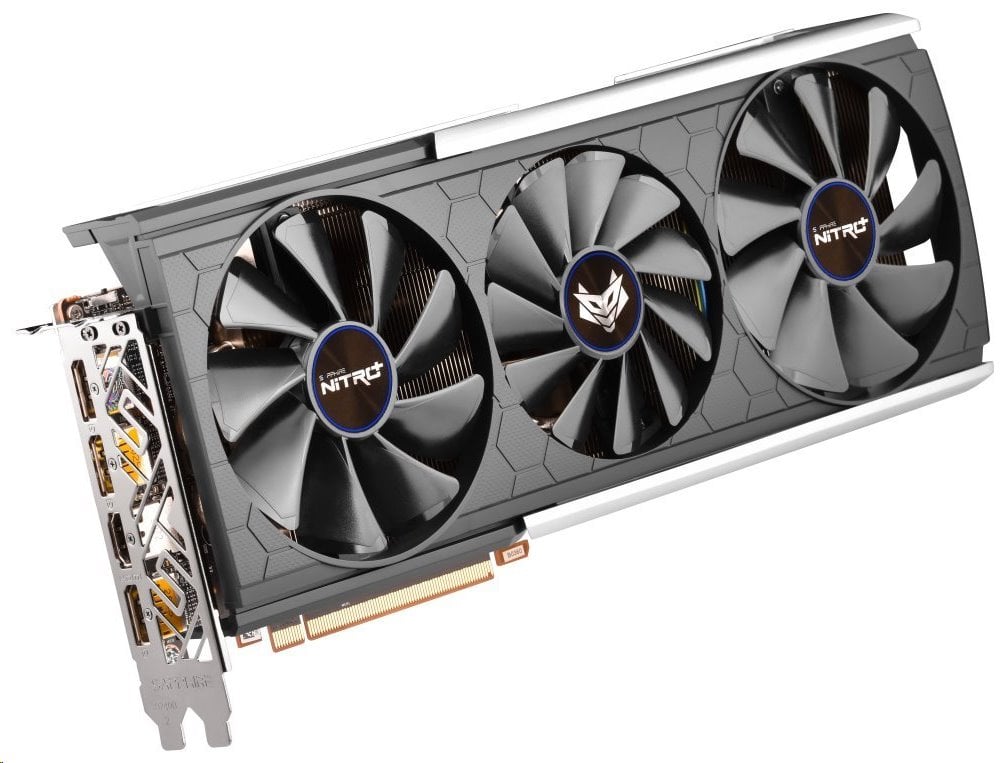
Hdr express v 3.0 android#
The Android 11 OS and other bundled software take up about 32 GB of the installed memory. The pictures can be stored in the 128GB of internal storage or a microSD card slot with up to 1TB of extra space.
Hdr express v 3.0 full#
The phone’s bandwidth can be used to upload pictures up to 50MP density and 30 fps full HD video from the back and 16 MP from the front. What to do with all that bandwidth? The TCL 30V has a large detailed 6.67-inch FHD+ (2,400 x 1,080) display with built-in image optimization to ensure that graphics and movies look as best as possible. For some context, mmWave 5G devices can achieve maximum speeds of around 4-5Gbps with a good connection, while the best sub-6GHz connections can achieve a few hundred Mbps, although tens of Mbps is often more realistic. To best capitalize on Verizon’s 5G network infrastructure, the 30V supports both Sub-6 and mmWave connections. Both are 5G-capable, with the TCL 30V exclusive to the Verizon network and the 30XE exclusive to the T-Mobile network. When the peripheral receives the read request TLP, it respond with a completion TLP, even if it can’t actually fulfill the request.At CES 2022, TCL launched two new smartphones for the US market, the TCL 30V, and TCL 30XE. When the CPU wants to read from a peripheral, two data packets are involved - one that asks the peripheral to perform a read operation, and another to send the data back to the CPU. First, a TLP is wrapped with a header, after which a flow control mechanism is implemented to ensure that data is sent only when the receiving end is ready to receive it. This layer is responsible for ensuring that all the data arrives in the form of a transaction layer packet, or TLP, to its destination safe and sound.


If the PCIe is used as an input, the memory write packet flows in to the CPU.
Hdr express v 3.0 series#
In other words, when the PCIe is used as an output, the computer’s CPU generates a memory write packet, which is then sent directly to the PCIe port, or through a series of switches, depending on the computer’s setup. The transaction layer is where the data transfer happens. PCIe uses three layers - the transaction layer, the data link layer, and the physical layer. For example, a x2 link will contain eight wires rather than two and handle two bits at a time, and a x32 link will have 128 wires and can handle 32 bits at a time. Different PCIe cards can handle data at different speeds. Each lane in PCIe uses two pairs of wires - one to send data and the other to receive it - and that data moves at one bit per cycle. When you first turn your computer on, the PCIe will determine which devices are plugged in, and then create a map of where the traffic will go. Those connections then lead out to where the data needs to go. Turns out, PCIe actually works more like a network than a bus. That’s because instead of there being one flow of data in any given direction, PCIe uses switches that control a series of point-to-point connections. It’s all well and good to know how well something performs, but learning how it works will help really under stand PCIe 3.0. If you’re a recording engineer, you can record more audio at once, as that digital audio can be processed quicker than it ever could before.

So how could all that affect you? Simple - if you’re a gamer, PCIe being able to handle more data at a quicker speed means that more intense graphic cards can be developed the require a higher data transfer speed to work properly. You can also plug a PCIe 3.0 card into a PCIe 2.0 slot - however again the card won’t work up to its full speed.

Of course, it’s important to note that the 16GB/s speed is only achieved when a computer can handle it - otherwise, while the card will work fine, it won’t be as fast as it otherwise could be.


 0 kommentar(er)
0 kommentar(er)
